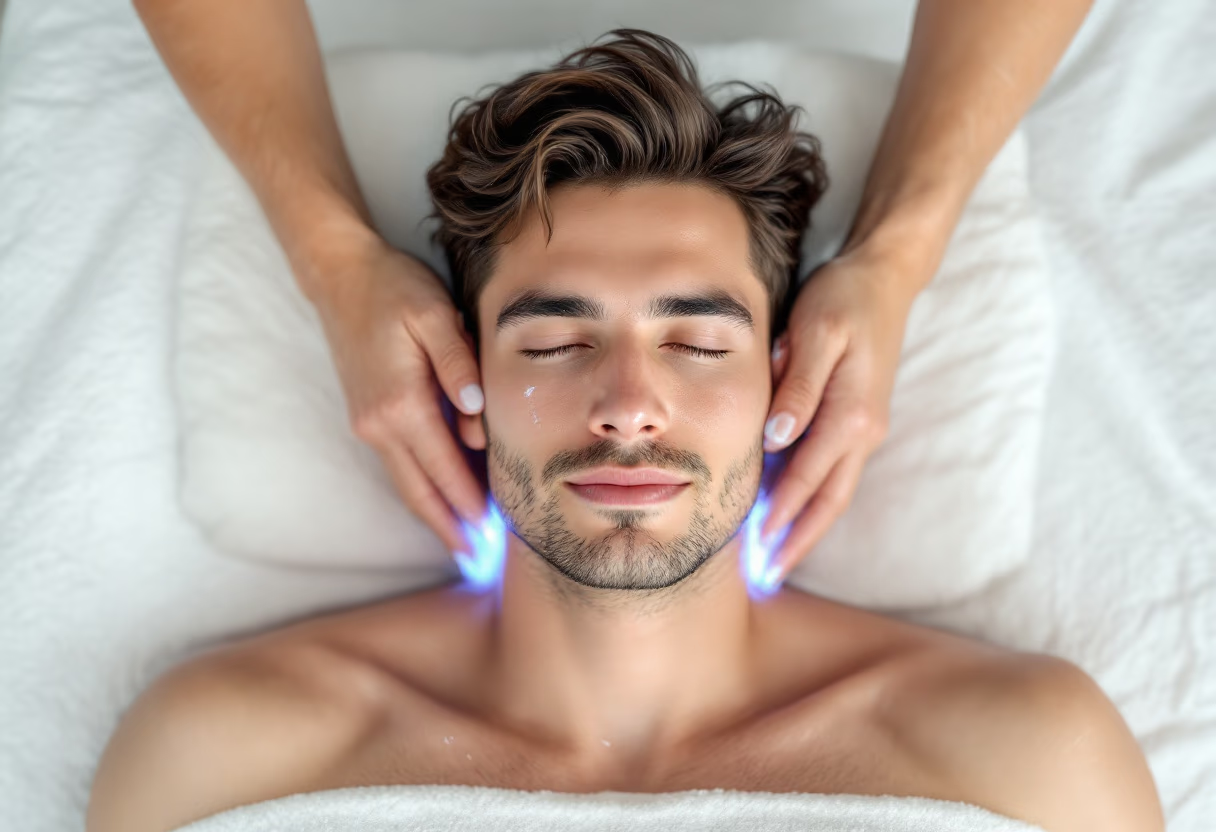
20 Years of Producing the Highest Quality, Most Reliable, and Effective LED mask.
Discover the benefits of Red Light Therapy for children’s sleep, including melatonin production, regulation of the circadian rhythm, combating fear of the dark, and counteracting blue light exposure. Learn how red light therapy can promote restful sleep and a natural bedtime routine

Red light therapy leverages clinically-validated wavelengths to safely stimulate endogenous melatonin secretion, offering a non-pharmacologic strategy to shorten sleep latency and consolidate overnight sleep in pediatric populations.
Red light (620–700 nm) is the safest, 100% natural stimulus for pineal melatonin synthesis—no exogenous supplementation required. When integrated into an LED mask or bedside emitter, this spectral band provides sufficient irradiance to elevate nocturnal melatonin while simultaneously functioning as a comforting, low-lux night-light.
The suprachiasmatic nucleus (SCN) governs circadian periodicity, directing sleep–wake cycles from birth but maturing only after the first year of life. Evening exposure to red light reinforces SCN signaling, entraining intrinsic rhythms that are otherwise vulnerable to seasonal time shifts or trans-meridian travel.
Nyctophobia can emerge as early as 18 months. Conventional night-lights often emit broad-spectrum white or blue-enriched light that suppresses melatonin. A narrow-band red night-light preserves scotopic vision, minimizes arousal, and reduces the likelihood of night-wakings triggered by fear or night terrors.
Short-wavelength blue light (450–495 nm) acutely inhibits melatonin via melanopsin-containing retinal ganglion cells. Red light’s longer wavelength (>620 nm) does not activate this pathway; instead, it offsets diurnal blue-light exposure from tablets and room lighting, restoring circadian amplitude and accelerating sleep onset.
Our devices replicate the solar 620–630 nm “red edge” that naturally heralds dusk. Precise chromaticity and irradiance calibration maximize melatonin up-regulation while avoiding alerting shorter wavelengths, thereby emulating a photonic sunset cue indoors.
Further reading:
